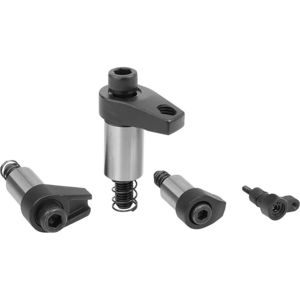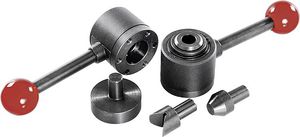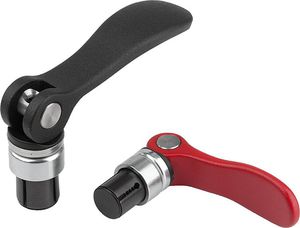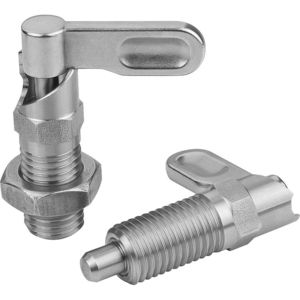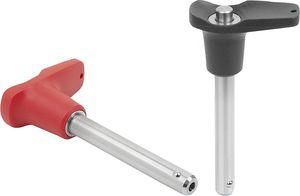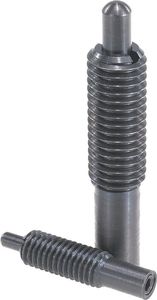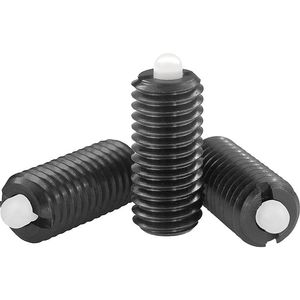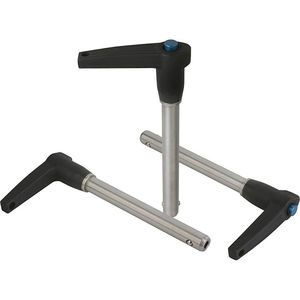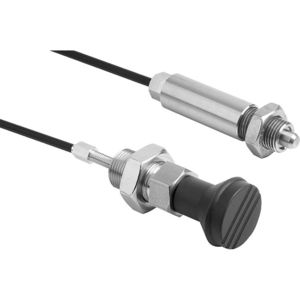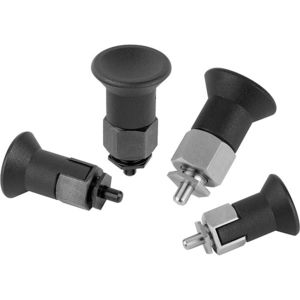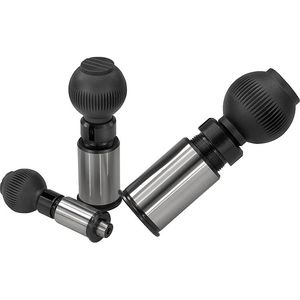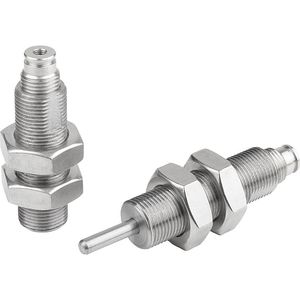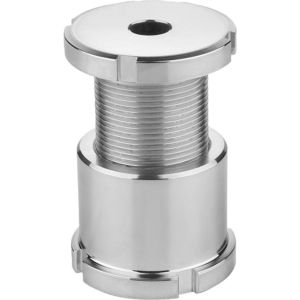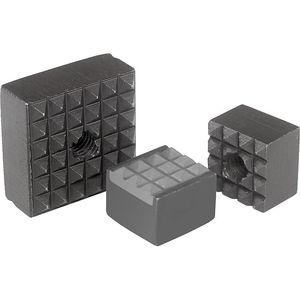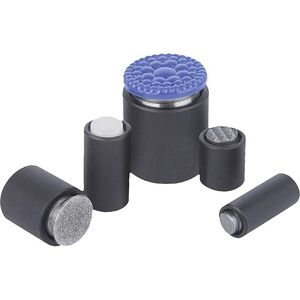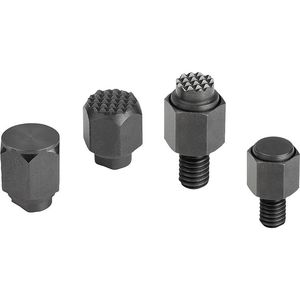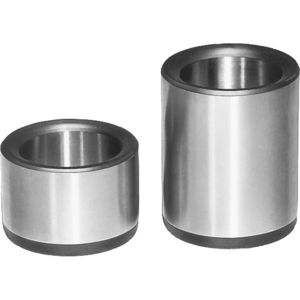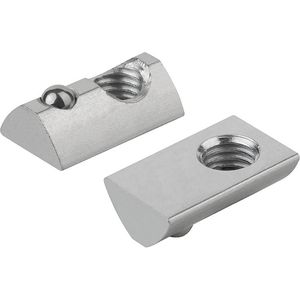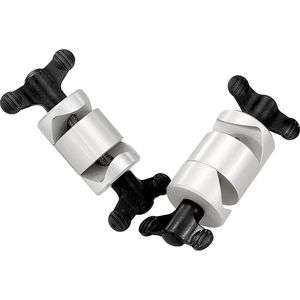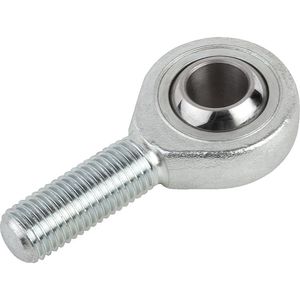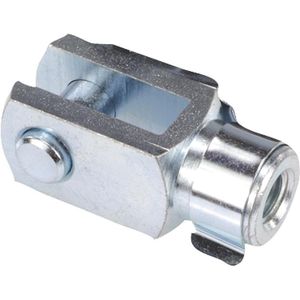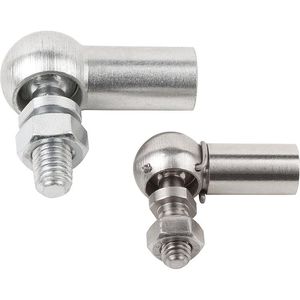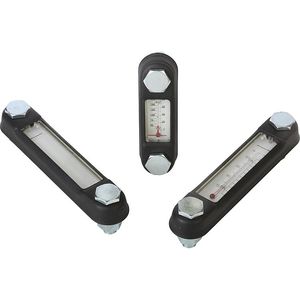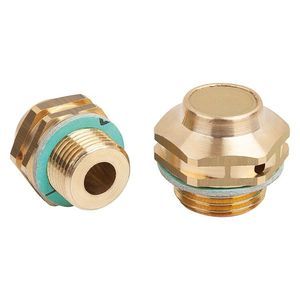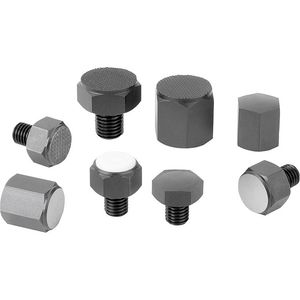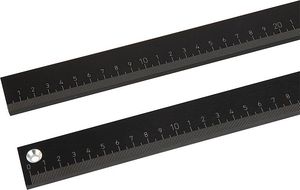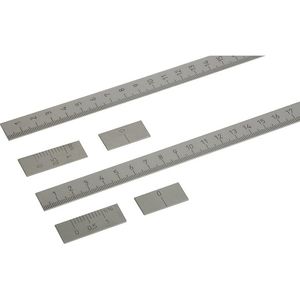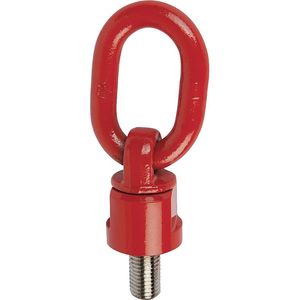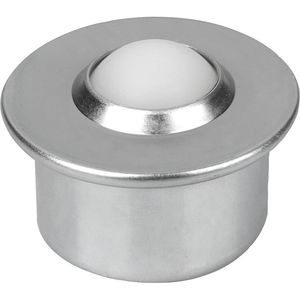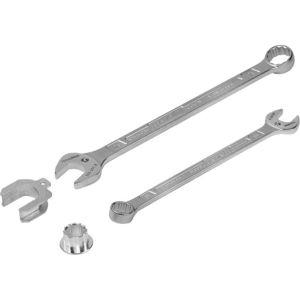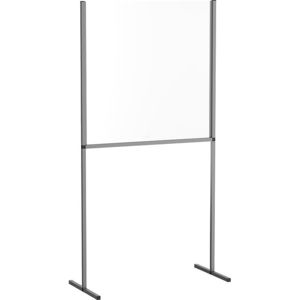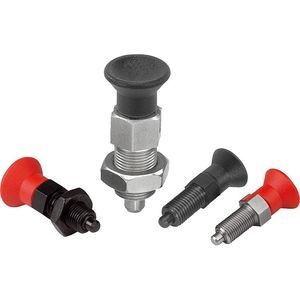
- Materials - Tools - Components
- Standard Mechanical Component
- Locking pin
- HEINRICH KIPP WERK GmbH & Co. KG
- Company
- Products
- Catalogs
- News & Trends
- Exhibitions
Locking pin K0792 series
Add to favorites
Compare this product
Description
Material:
Grip thermoplastic.
Push button 1.4305 stainless steel.
Pin 1.4542 stainless steel.
Balls 1.4125 stainless steel.
Spring 1.4310 stainless steel wire.
Version:
Grip black or traffic red RAL 3020.
Stainless steel bright.
Note:
Ball lock pins are used for easy fastening or joining of components.
The two balls are disengaged by pressing the push button and the pin can be slipped into holes in the workpieces. When the push button is released, the balls lock the connection securely.
Shear force double shear (F) = S · τ aB max.
The values given for the shear force are the theoretical breaking load.
These are non-binding reference values without consideration of safety factors and exclude any liability. The values given are for information purposes only and do not constitute a legally binding assurance of properties.
The load values have been calculated in accordance with DIN 50141. Each user must determine individually whether the ball lock pin is suitable for the respective application.
Different materials in which the ball lock pins are used, weather conditions and wear can influence the determined values.
Ball lock pins with high shear strength are identified by a groove marking on the pin.Advantages:Higher loading in comparison to standard ball lock pins.
The pins made from 1.4542 stainless steel is hardened, has a higher shear resistance and is extremely durable.Accessory:Bushes for ball lock pins K0724
Safety spiral cable K0367
Retaining cable with loop K0367
Key ring K0367
Catalogs
No catalogs are available for this product.
See all of HEINRICH KIPP WERK GmbH & Co. KG‘s catalogsOther HEINRICH KIPP WERK GmbH & Co. KG products
Operating parts | standard elements
*Prices are pre-tax. They exclude delivery charges and customs duties and do not include additional charges for installation or activation options. Prices are indicative only and may vary by country, with changes to the cost of raw materials and exchange rates.


